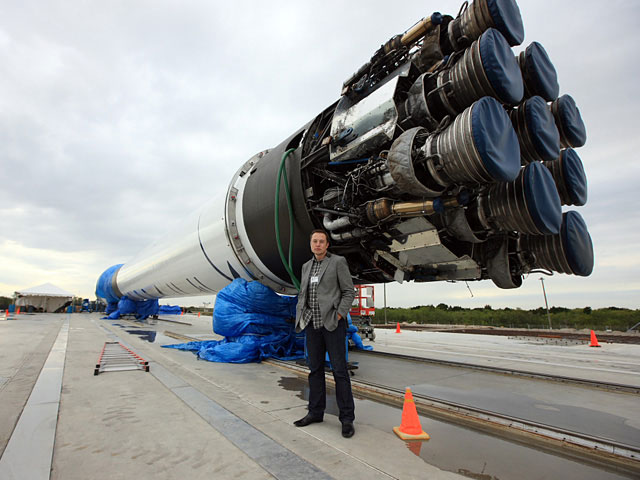
Elon Musk wants to dig tunnels. Without them, he says, “we will all be in traffic hell forever”. It’s a well-timed ambition, given US President Donald Trump’s plan to spend US$1 trillion on infrastructure projects. Let’s hope he can figure out what he’s doing.
Musk has already started burrowing near the offices of SpaceX in Los Angeles — a counterintuitive direction at a time when other companies are taking to the skies.
Amazon.com is working on drone delivery, Uber Technologies has promised electric hovercraft, and Airbus has revealed plans for autonomous personal flying cars. Nobody wants to go underground. That’s where earthworms and mole-rats live.
Our urban transportation infrastructure undoubtedly needs an upgrade, but tunnels have a marketing problem. They bring back terrible memories of Boston’s Big Dig, a subterranean mega project that suffered from scheduling overruns, sea-water leaks, and a 26-ton ceiling panel that collapsed on a car. It went eight years past the scheduled finish date and billions of dollars over the estimated cost. Seattle is currently undertaking its own underground tunneling project, with similar delays.
Tunnel construction is one of the most complex challenges in geo-technical engineering. Project managers have to account for different soil and rock types, fault lines, shear zones and other hazards — without actually seeing them ahead of time.
Even without gross mismanagement, unexpected underground obstacles can lead to big cost overruns. Boston tunnel workers ran into undocumented utilities, old shipwrecks, colonial-era landfills, and glacial debris. Seattle’s tunnel-boring machine got waylaid for two years after hitting a steel pipe, and later stopped again after causing a sinkhole.
Tunnels don’t have to be such disasters. Advances in geophysical imaging technology make it possible to better characterise subsurface geology than in the days of the Big Dig. Plus, Musk has demonstrated with SpaceX that it’s possible to fulfil government contracts at a fraction of the typical cost. SpaceX managed to reduce launch costs by reusing the first stage of its Falcon 9 rocket, and by motivating talented engineers to put in long hours to build those reusable rockets.
If there’s one thing Musk is great at, it’s marketing grandiose visions that attract investors and employees who wouldn’t otherwise enter such industries. Automotive manufacturing is boring, but Tesla is going to bring sustainable energy to the masses! For those who didn’t grow up during the Space Race, satellite launches are boring — but SpaceX is going to colonise Mars!
I’m not sure how Musk will convince people that tunneling is exciting. That said, there was a time when digging holes in the ground was considered cool. During the Space Race, another competition took place to drill the deepest hole in the ground. America had Project Mohole, and the Soviet Union dug the Kola Superdeep Borehole. The US lost that race, but the projects brought advances in offshore oil drilling as well as new data for measuring historical climate change. If that’s not visionary enough, maybe Musk can announce a journey to the centre of the Earth.
As long as people insist on commuting in personal vehicles, traffic will be a problem in major metropolitan areas. Tunnels aren’t as fun as flying cars, but the ground beneath our feet might be the next logical frontier. If things go well, maybe the next step will be that transatlantic tunnel to London. — (c) 2017 Bloomberg LP




